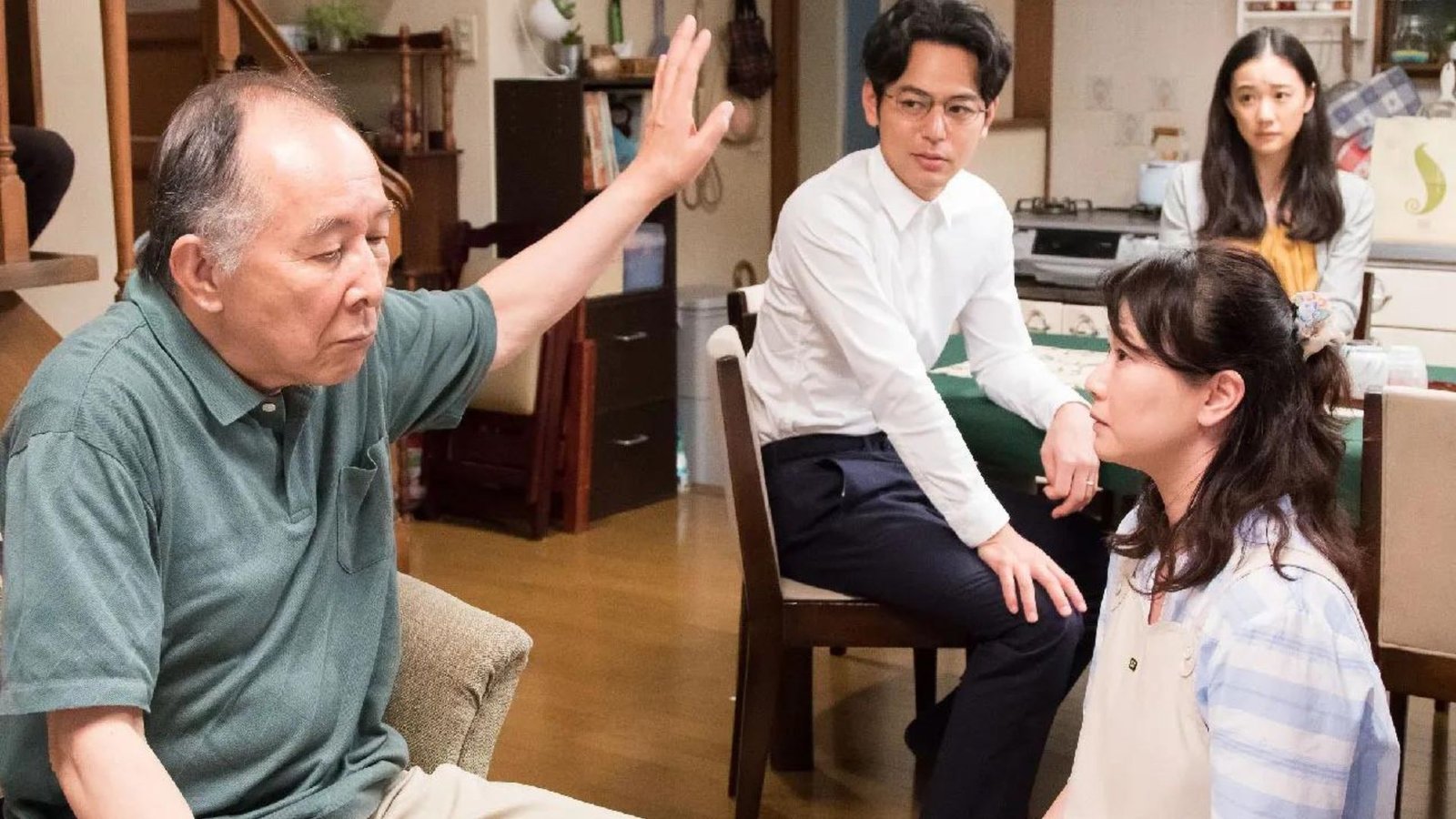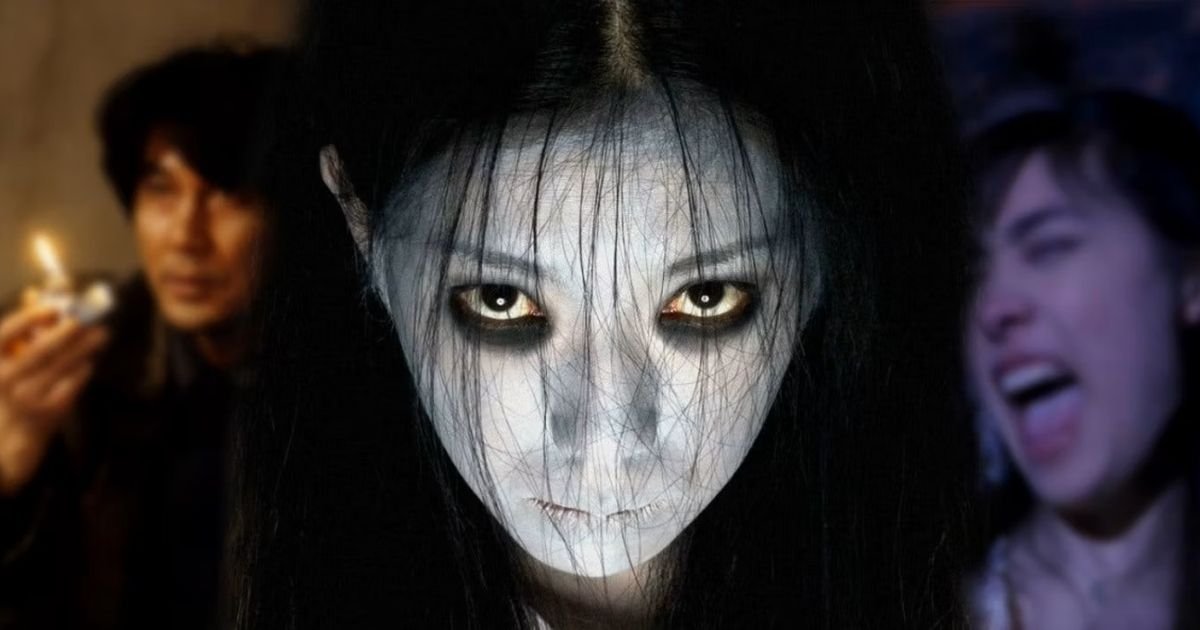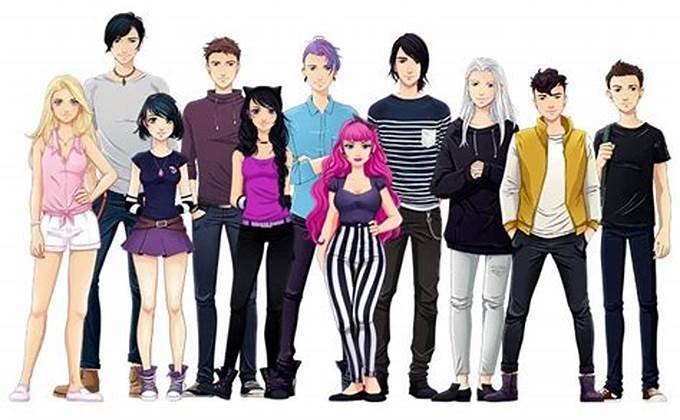Japanese cinema often explores the complexities of family dynamics through a unique cultural lens. From traditional values to modern challenges, films from Japan offer diverse portrayals of family life. Here’s a closer look at how Japanese cinema represents family and the various themes and narratives that emerge.

Traditional Family Values
Japanese films frequently highlight traditional family values, emphasizing respect for elders, filial piety, and close-knit family ties. Films like “Tokyo Story” (1953) by Yasujiro Ozu showcase the generational gap and the sense of duty children feel towards their aging parents. This classic portrays a family that, despite their love and respect for one another, struggles with the expectations and responsibilities of familial roles.
Notable Films:
- “Tokyo Story” (1953): Depicts the difficulties of intergenerational relationships.
- “The Ballad of Narayama” (1958): Explores the harsh customs surrounding aging and family duties.
Modern Family Dynamics
Modern Japanese cinema often tackles contemporary family issues, including divorce, single parenting, and blended families. Films like “Like Father, Like Son” (2013) by Hirokazu Kore-eda delve into the emotional turmoil of parents discovering their children were swapped at birth, exploring themes of identity, nurture versus nature, and the redefinition of family bonds.
Notable Films:
- “Like Father, Like Son” (2013): Explores the impact of a child-swapping revelation on two families.
- “Our Little Sister” (2015): Follows three sisters who take in their half-sister after their father’s death.
Family and Social Issues
Japanese films often use family settings to address broader social issues, such as economic hardship, social isolation, and cultural changes. “Shoplifters” (2018) by Hirokazu Kore-eda presents a family living on the fringes of society, highlighting issues of poverty, social welfare, and the unconventional ways people form familial bonds.
Notable Films:
- “Shoplifters” (2018): Examines a makeshift family’s struggles and ethical dilemmas.
- “Nobody Knows” (2004): Focuses on the resilience of children abandoned by their mother.
Family in Historical Context
Japanese cinema also explores family life in historical and cultural contexts. Films such as “The Makioka Sisters” (1983), directed by Kon Ichikawa, provide a glimpse into pre-war Japanese family life and societal changes. These films often reflect the historical shifts and how they impact family structures and values.
Notable Films:
- “The Makioka Sisters” (1983): Reflects on the changing roles of women and family expectations in pre-war Japan.
- “The Hidden Fortress” (1958): While primarily an adventure film, it portrays the loyalty and dynamics of a family-like relationship between the protagonists.
Symbolic and Artistic Representations
Japanese cinema also uses family as a symbol or artistic device to explore deeper themes. Directors like Akira Kurosawa and Hirokazu Kore-eda often use family settings to reflect on universal themes of human connection, struggle, and resilience. Films such as “Ikiru” (1952) and “After Life” (1998) utilize family as a lens through which to examine life’s meaning and the human condition.
Notable Films:
- “Ikiru” (1952): Centers on a bureaucrat’s quest to find meaning in his life through his family and work.
- “After Life” (1998): Imagines a place where people reflect on their lives and family connections before moving on.
Conclusion
The representation of family in Japanese cinema offers rich and varied insights into cultural values, societal issues, and individual relationships. From traditional values to modern struggles, these films provide a deep understanding of how family dynamics shape and are shaped by broader cultural and social contexts. Exploring these films not only enhances appreciation for Japanese cinema but also offers universal themes that resonate with audiences worldwide.










